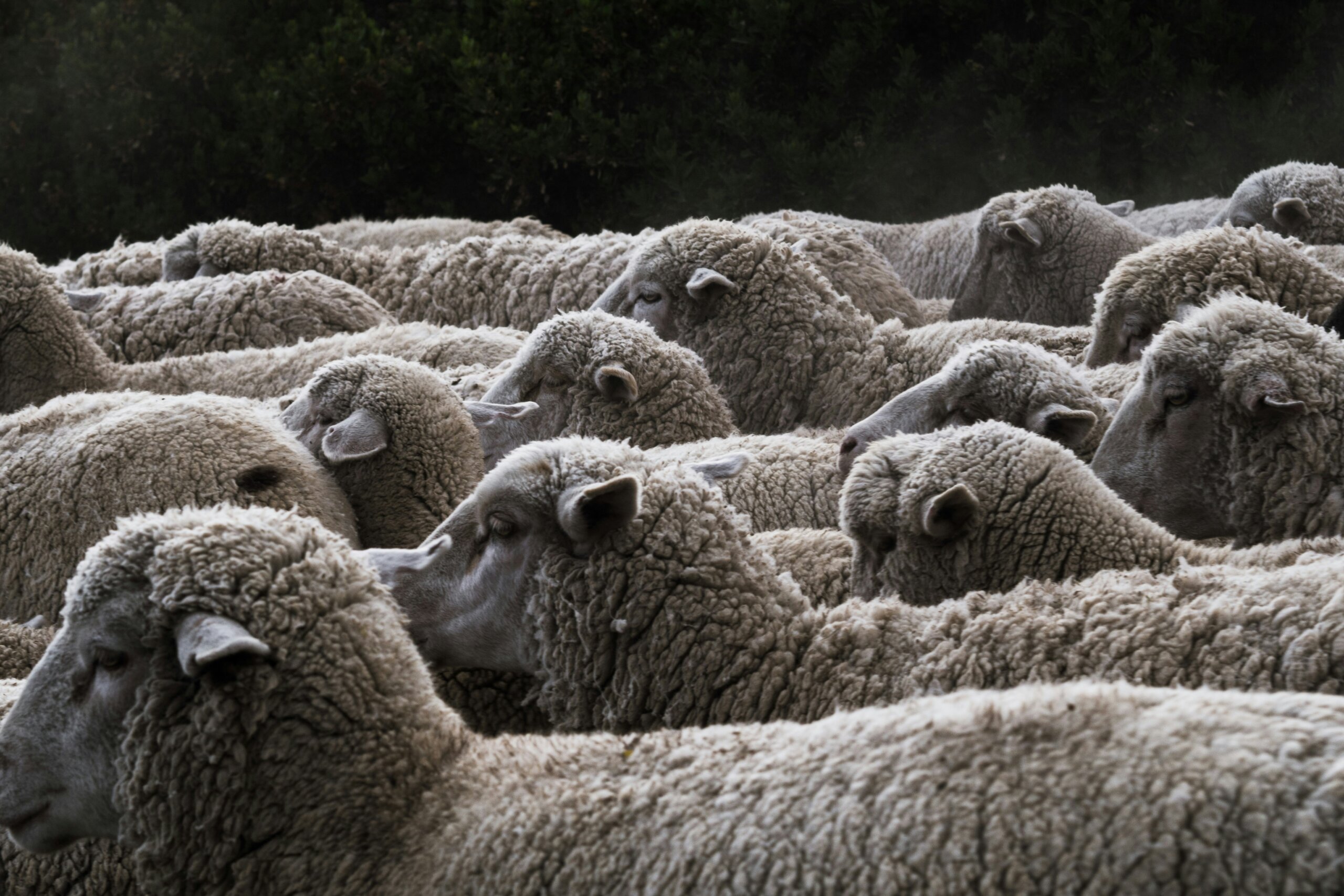Uruguayan wool exports destined for China increased
Photo: Unsplash.
According to a report from the media outlet Cronicas, since 2024, Uruguayan wool exports have seen a significant increase, with 46 million kilos sold during that year, in which China became the main importer of the product. Similarly, in 2025, wool exports grew by 7.5% compared to the first months of the previous year.
It is worth mentioning that, according to Josefina Sanguinetti, the person responsible for Markets and Projects at the Uruguayan Wool Secretariat (SUL), between 2018 and 2020, wool exports were affected, which led to the devaluation of the product. However, in 2021, following the Covid-19 pandemic, wool prices started to recover, though they later decreased again, reaching a cost 50% lower than in 2018.
In this regard, Sanguinetti pointed out that wool prices are often influenced by global political and economic situations, such as the trade conflict between China and the United States between 2018 and 2019, the armed conflict between Ukraine and Russia, or the pandemic, which disrupted foreign trade.
Although the prices of this product have decreased, exports have experienced an increase, rising by 59% in 2024 compared to 2023, and growing by 7.5% in the first months of 2025.
Sanguinetti explained that this is due to a shift in Uruguay’s export matrix in 2024, moving from Europe to the People’s Republic of China as the main importer of raw wool. This change generated a 77% increase, positioning China as the top destination for Uruguayan wool, accounting for 43% of total exports.
According to Sanguinetti, this shift is due to the fact that, after the Covid-19 pandemic subsided, China, led by Xi Jinping, reactivated many of its factories, creating a demand for a greater workforce. In this context, the importation of raw wool, which requires washing and combing, became a key product for processes in these recently reactivated Chinese factories.
On the other hand, with the recent increases in tariffs imposed by the U.S. government, Sanguinetti noted that there is considerable uncertainty. These tariffs have led to declines in stock markets and the devaluation of global currencies, also affecting the wool market, which relies on the Eastern Market Indicator (IME) based in Australia, the world’s leading wool exporter.
The IME has highlighted the volatility of the wool market, showing an increase in the Australian dollar, but with a devaluation against the U.S. dollar, which has caused a drop in value. However, this decline is attributed to currency volatility, as demand remains unchanged. In fact, at least 95% of the wool offered by Australia was sold, mainly to buyers from China.
Regarding the local market, Sanguinetti mentioned that sheep farming and livestock could be promising investments, given the current level of investment required. However, as in all markets, there are challenges, such as predators, a lack of experienced workers due to migration from rural to urban areas, and cattle rustling. Additionally, she emphasized Uruguay’s dependence on global economic powers, which turns Uruguayan exporters into “price takers.”
Last but not least, Sanguinetti stated that, despite the uncertainty of the international context, large Uruguayan exporters remain optimistic, awaiting how the market evolves. She also mentioned that, as part of the post-Covid era, manufacturers have updated their strategies, moving away from annual stockpiling to operate without reserves, which has kept the demand for wool active and contributed to greater sales stability.
Main Source:
Uruguay reconfigura su matriz exportadora lanera hacia China, que representa un 43% del total – Crónicas Uruguay
Related News:
Uruguay boosts the export of its meat to the People’s Republic of China
Uruguay and China inaugurate a bio-nanopharmaceutical laboratory in Montevideo
Chinese company in Uruguay faces labor accusations
You may be interested in:
China es el principal comprador de Uruguay – America Malls & Retail

